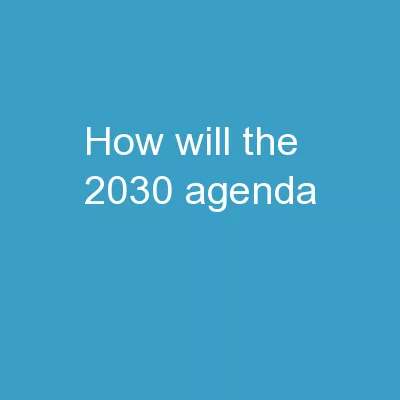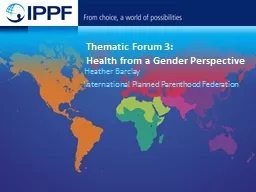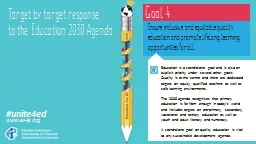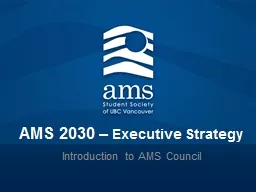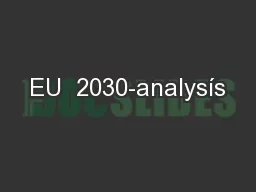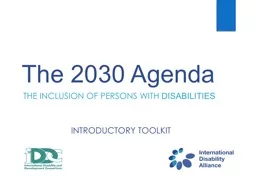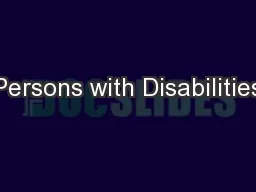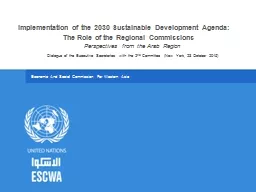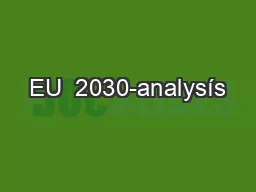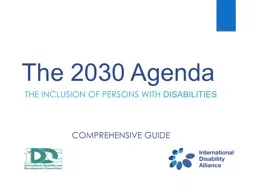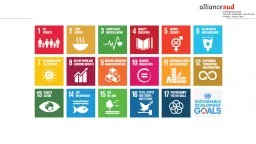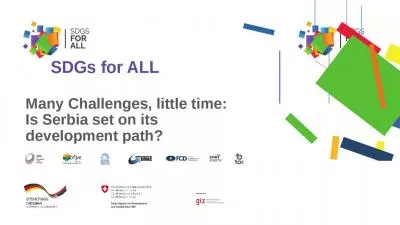PPT-How will the 2030 Agenda
Author : conchita-marotz | Published Date : 2018-11-09
be monitored Africa regional workshop on the SEEA Jillian Campbell UN Environment Photo credit to be given as shown alongside in black or in white 2 Objectives
Presentation Embed Code
Download Presentation
Download Presentation The PPT/PDF document "How will the 2030 Agenda" is the property of its rightful owner. Permission is granted to download and print the materials on this website for personal, non-commercial use only, and to display it on your personal computer provided you do not modify the materials and that you retain all copyright notices contained in the materials. By downloading content from our website, you accept the terms of this agreement.
How will the 2030 Agenda: Transcript
Download Rules Of Document
"How will the 2030 Agenda"The content belongs to its owner. You may download and print it for personal use, without modification, and keep all copyright notices. By downloading, you agree to these terms.
Related Documents

